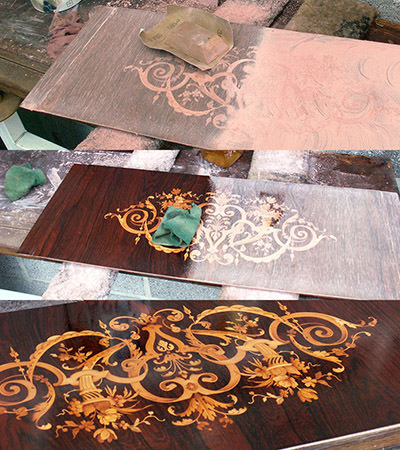Cordy":3vjgezgt said:
Yes. That's pretty expensive by the way, I think I can get it slightly cheaper here paying retail! This is really saying something as paints and finishes tend to be very expensive here.
Just did a quick search, currently it's slightly more on Amazon UK but decoratingwarehouse.co.uk have it for £20.95 for a litre so you might be able to save a few bob if you decide to try the SealCoat.
Cordy":3vjgezgt said:
If I buy Shellac flakes to mix my own with meths; what type ? what ratio ?
.... to use on Redwood, Euro Oak and Walnut
Depends on what you want in both cases.
Colour or grade wise you pick what you want from the
wide range of colours that shellac comes in, which to an extent depends on what you want the shellac for, a standalone finish (either for French polishing or for brush or spray application), as a sealer, e.g. before using grain filler, or to seal off silicone contamination, or as a bonding coat, e.g. between two dissimilar finishes.
As to mixing ratio there are some standard 'cuts' of shellac, with a 3lb cut being considered a useful middle-of-the-road mix although some consider this a tad on the heavy side and will commonly dilute it. SealCoat is a 3lb cut (or was at least, I believe they no longer specify).
But really you can use shellac as thin or as thick as you're comfortable in applying it or as suits the purpose. At the two extremes there's a "spit coat", which can be very dilute indeed, to a mix more concentrated than a 4lb cut.
The very thin spit coat would generally be used as a quick sealer or surface hardener, allowing fuzzy grain to be more easily sanded off (one of the main purposes of commercial sanding sealers). A heavier cut will allow a faster build if applying by brush.
Shellac can work well and look great on all three of those woods you list. As you might already know the walnut especially can be made to look amazing using shellac, although you will want to oil the wood first if you'd like to maximise any figure.





